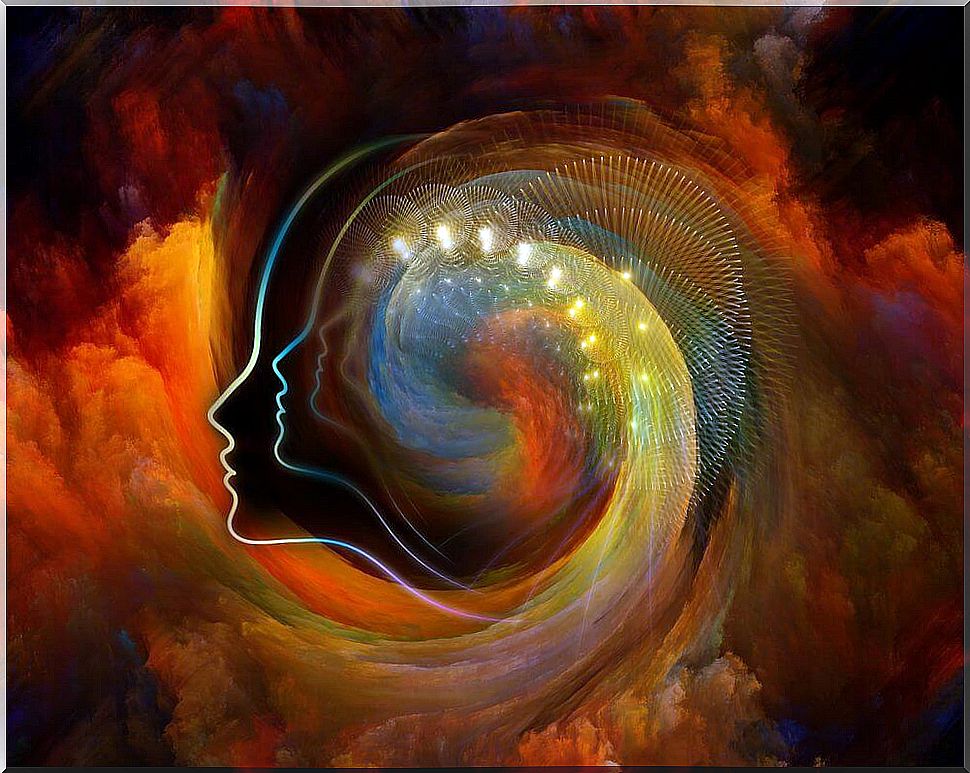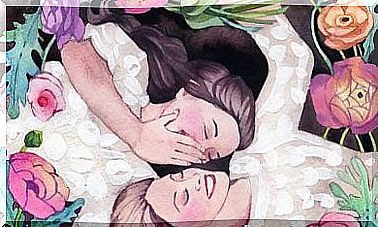How Color Influences Us

Marketing uses every trick available to achieve their goals and every resource they have access to in order for a product or idea to catch our attention. One of these tools is color.
Marketers have discovered that specific colors can influence our decisions as customers, and they have benefited from this. Colors are used in marketing campaigns to create a specific experience of a brand or product in the hope that our impression will influence us to buy.
“Color psychology” is an area dedicated to analyzing the effects that each shade of color has on our thoughts and our behavior. This data is used not only in marketing, but also in art, architecture, education, design, etc.
How can colors make us buy things?
With the nuance chosen by the creative brains behind a company, a product or an entire brand can become a success or a failure. Colors actually have such an impact. They can modify how we perceive a specific product, the desire to buy it, the feeling it gives, etc.
How we perceive different colors depends on our personal experiences, but there are also general rules about how they affect us. The emotions evoked by a specific color tend to be similar within the same ethnic group.
The most important brands and logos in the world are based on a table that associates a color with how it is perceived, as follows:
Yellow
Stands for optimism, warmth and clarity. Examples of logos that go yellow are Best Buy, Subway, Shell, Nikon, Chevrolet, UPS, IKEA, Ferrari and McDonalds.

Orange
Stands for friendship, secrecy and trust. Companies that have chosen this color are Nickelodeon, Fanta, Mozzila, Crush, VLC, Amazon and Gulf.
RED
It makes the senses excited. Examples: Coca Cola, Nintendo, Kellogg’s, CNN, Exxon, Lego, Pinterest and Canon.
Purple
Stands for creativity and imagination. Some brands that have chosen this color are SyFy, Yahoo, Taco Bell, Lynx, Barbie and Cadbury.
Blue
Stands for trust and seriousness. Examples of companies with blue logos are Dell, HP, Oreo, Oral B, Walmart, WordPress, Vimeo, Twitter and American Express.
Green
Stands for peace, health and growth. Brands associated with this color are Tropicana, John Deere, Monster, Spotify, Animal Planet, Android and Starbucks.
Black and white
Together they stand for simplicity and balance (gray can also be used). Examples: Cartoon Network, Apple, New York Times, Wikipedia, Puma and Nike.
There are also those who have chosen to use several colors in their logos. These include Google, NBC, Windows and Ebay. In these cases , the goal is for the client to experience more than one emotion.
Why do we choose a brand because of its color?
According to a study called “The Impact of Color in Marketing” , 90% of consumers judged the value of a product because of its color. Furthermore, we make color choices depending on our emotions. This means, for example, that we do not choose something yellow or orange when we are depressed.
Color can affect us in a number of different ways. For example, we can experience a big difference in an office if it is painted in a dull color compared to if it is painted in appealing shades. Colors can make us sleep better, calm down, enjoy our homes, etc. Why should they not be able to ” tell” what to buy or consume?
Beyond the strategies that companies use to capture our attention, our experiences also play a role. If your favorite color is green, it is more likely that you will choose products that have this shade. At the same time, it is more difficult for you to choose products that are, for example, blue or orange.
To test this, we can go to a mall and analyze what catches our attention; it will certainly be bright and bold colors, such as yellow. However, this does not mean that we will buy products in these colors 100% of the time. There are other things that must also convince us. However, these are elements that we are willing to evaluate because the product has caught our attention.
The key is to know how to differentiate products not only in terms of their color, but also quality, price and usability. In this way, we will become conscious consumers and not just “robots” who buy what companies want us to buy.









